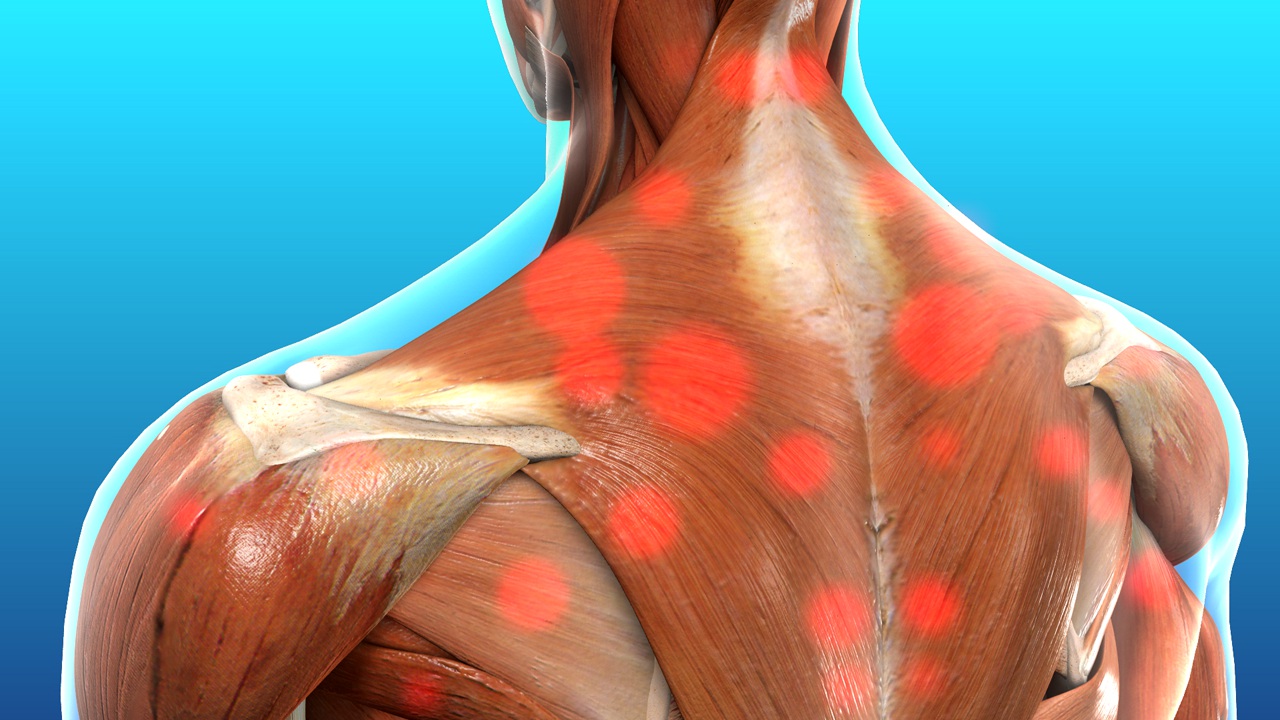Implications of Alcohol Consumption on Chronic Pain Management
Many individuals look forwards to the end of the workday so that they may relax and unwind with a beer or martini. The widespread acceptance of this practise may make individuals oblivious to the real dangers posed by alcoholism. Combining alcohol use with chronic pain increases the likelihood of this happening.
The idea that alcoholic beverages may effectively chronic pain treatment is widely held yet is false. It’s a fact that drinking alcohol can exacerbate some types of discomfort. While alcohol does not reduce pain in any way, being drunk causes the brain to interpret pain signals less accurately.
Combining alcohol and chronic pain is fraught with danger. Among them are tolerance to alcohol, adverse drug interactions, and a worsening of existing discomfort. If you suffer from a disease that causes constant discomfort, you should have an honest conversation with your doctor about your drinking habits.
Related: Invasive Chronic Pain Management Techniques
Use of Alcohol in Australia
The prevalence of alcohol use among those aged 14 and up. Australians’ use of alcoholic beverages has not changed significantly during the past decade. The percentage of South Australians who reported having taken at least one full serving of alcohol over the previous 12 months increased in 2019 to 79.2%. In the whole country, the figure was 76.6%.

Alcohol Use Consequence
However, despite alcohol’s seemingly innocuous appearance as a by-product of normal biological activities, it is actually a potent poison. Extensive usage of alcohol destroys the human body. Cirrhosis and liver disease are the most prevalent alcohol-related health problems, although other problems, such as anaemia, cardiovascular disease, dementia, depression, gout, epilepsy, high blood pressure, pancreatitis, and nerve aches, can also arise from heavy alcohol consumption.
Intense alcohol consumption, whether in a single session or spread out over time, can have fatal consequences.
Alcohol as a Pain Reliever for Chronic Pain Sufferers
It’s hardly unexpected that many people with chronic pain turn to alcohol as a means of relieving their symptoms, given the widespread usage of alcohol in Australia and its long history as a therapeutic numbing agent. Around 28% of people with chronic pain report using alcohol as a form of self-medication, according to the National Institute on Alcohol Abuse and Alcoholism.
It’s not uncommon for people to turn to alcohol for relief from emotional distress as well as physical discomfort. Many people with chronic pain also struggle with intense feelings of stress, worry, and despair, and to alleviate these symptoms they may turn to a combination of alcoholic beverages and pain medications.
According to the available data, males are more likely than women to resort to alcohol as a treatment for chronic pain, and people with higher incomes are more likely to do so than those with lower incomes. Having frequent pain episodes is also associated with increased alcohol drinking, but not with the intensity of pain symptoms.
A lot of people who deal with chronic pain also have trouble with alcohol. People who use alcohol to relieve pain are more prone to combine alcohol with other substances, both legal and illicit. The use of alcohol often precedes the usage of other drugs.
There is a significant risk of overdose when combining alcohol with pain drugs. Combining alcohol with acetaminophen (Tylenol) can cause liver failure, while mixing alcohol and aspirin can increase the risk of gastric haemorrhage. It is especially dangerous for the elderly to combine alcohol consumption with opioid pain medication since this can lead to respiratory depression.

Using Alcohol to Treat Chronic Pain: Possible Effects
There are potential benefits to treating chronic pain with alcohol, despite the many potential hazards. Some fibromyalgia patients who drank moderately did report a little reduction in pain severity, according to a research published in Pain Medicine. Mild to moderate alcohol use was associated with reduced anxiety and sadness in those with chronic pain. Drinking two alcoholic beverages per day was considered moderate in this study for males, whereas drinking one alcoholic beverage per day was considered moderate for women.
There is a consensus among scientists that alcohol alone is not responsible for these positive health effects. Others argue that the social components of even light alcohol usage might have an effect on pain problems. Those who drink alcohol in moderation are more likely to engage in vigorous physical and social activities, which may help alleviate their symptoms.
Contrarily, alcohol has a variety of negative consequences that might amplify pain sensations. Alcohol’s negative effects on sleep quality are among the most serious. The circadian rhythm, which controls our sleep schedule, can be disrupted by alcohol use. While being drunk may make you more inclined to nod off, it also makes the sleep you do get less restorative and more prone to interruptions. If you don’t get enough rest, your body won’t be able to heal properly, and your pain will be worse.
Another thing to keep in mind is that the effects of alcohol wear off quickly. Your brain and body will develop tolerance to alcohol over time. The same dosage consumed initially will not have the same analgesic effects as time goes on. This is a certain way to develop a dependency on drugs, which might end up being even more harmful to your health than the original source of your discomfort. A pain specialist can help you develop a plan of action for the long haul to avoid this.
For more information on chronic pain symptoms, chronic pain resources or effective chronic pain management options, you should book a consultation session with a specialist at Chronic Therapy today, to give you professional advice that will suit your personal experience.



